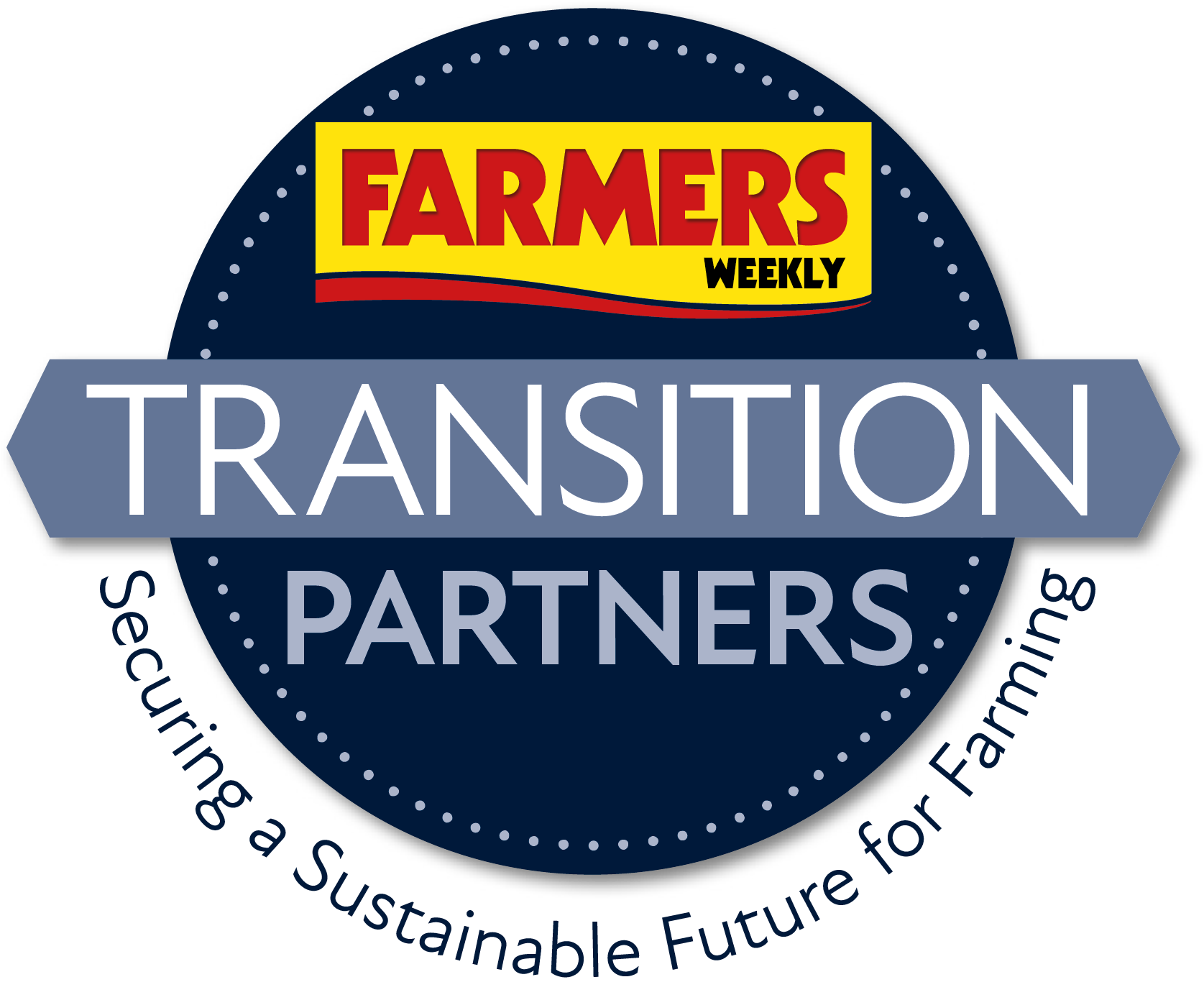Agrovista Rural Consultancy are delighted to partner with Farmers Weekly Transition initiative, bringing together community of farmers, industry stakeholders and influencers working together to secure a sustainable future for UK agriculture.
Agrovista Rural Consultancy provides professional farming support to help farming businesses maximise opportunities and improve efficiency.
It consists of a dedicated team of experienced farm and environmental business consultants working across the UK. Working in support of the company’s agronomy teams, consultants deliver practical strategic business advice and support covering a wide range of subjects.
These include Countryside Stewardship, Environmental Land Management, nutrient planning and compliance with crop assurance, etc.

Focus on productivity to improve farm profits
The combination of issues surrounding the Agricultural Transition Plan has led many farmers to pause to consider the future strategy for their farming operations.
Some are contemplating major changes to their businesses, including a complete transformation in farming policy. But Agrovista Rural Consultancy has found that the vast majority of their customers are seeking to use every resource available to improve profitability of their core farming activities.
Key among these resources is the funding on offer for numerous existing and planned actions under the Sustainable Farming Incentive. Hamish Wardrop, national manager for Agrovista Rural Consultancy, believes two of those actions that are likely to be of particularly interest to arable and grassland farmers respectively.
Precision Gains
Later this year payments will be introduced under the Sustainable Farming Incentive for adopting precision practices such as variable rate application of nutrients, which will be worth £27/ha.
“This sum will comfortably cover the cost of grid mapping and use of satellite imagery for variable rate nitrogen applications,” says Mr Wardrop.
“In addition, we typically see a 3-5% uplift in yield from precision nitrogen applications, as well as significant savings on fertiliser through the nutrient grid mapping service.
“Unsurprisingly, many of our customers are already taking advantage of these precision practices, and we expect that trend to continue as more sign up to SFI.”
Agrovista Precision can also use cleansed yield data and satellite imagery to analyse field performance over a number of years to identify areas which regularly underperform.
“Using this information, we can either look to find an agronomic solution to improve these areas or examine whether these areas would be better used to provide an environmental benefit through SFI or Countryside Stewardship,” Mr Wardrop explains.
Grassland Focus
The grassland actions under SFI offer more than has ever previously been available to growers, but needs to be carefully factored into cutting and grazing strategy in order to gain the maximum possible benefit.
“There has been a great deal of interest in the Herbal Leys (SAM 3) option, which offers the possibility of benefiting animal health and performance, whilst improving soil health and providing an environmental benefit,” says Mr Wardrop.
If managed correctly, he believes herbal leys can form a valuable part of the grazing platform and provide excellent grazing with good feed values.
“They do however require careful management in a grazing rotation to manage sward height and growth stage, so the correct infrastructure needs to be in place to facilitate this,” he notes.
The lack of weed control issues also means that careful site selection is key. Herbal leys can also make good silage, but managing growth stage and wilting time is crucial.
“If these leys are not managed correctly the potential benefit for the £382/ha payment can quickly become a false economy, as productivity will be compromised,” Mr Wardrop advises.
In many cases the best solution will comprise a combination of herbal leys grown under the SAM 3 options combined with grass/clover leys (attracting £102/ha under the NUM 2 action), and some pure ryegrass leys if weed control is problematic.
“The payments available under SFI are very helpful but only form part of the picture for a successful livestock enterprise,” says Mr Wardrop.
Nigel Storer, Agrovista’s forage and environmental seeds technical manager, comments: “Where growers are considering using SFI actions for grazing or conserved forage, the choice of action and the seed mixtures used to meet the aims of the action need to be considered carefully.”
Striking a balance between optimising income from the SFI and maintaining productivity is crucial, he adds. “In most cases meeting the aims of the action will also bring a wider range of benefits in terms of animal health and productivity and soil health and can help to reduce input costs.
“Optimising the income potential of these actions is best achieved if the aims are achieved in full, cutting corners rarely pays in the long term.”


